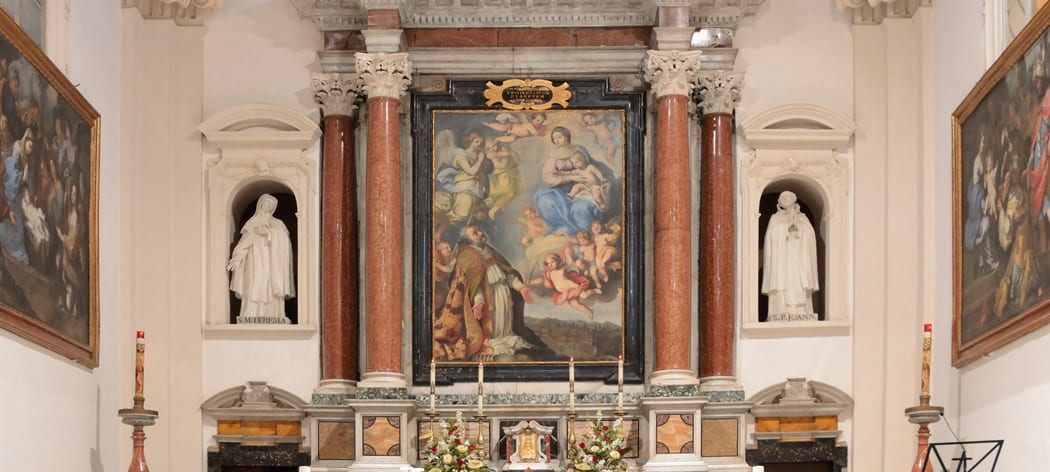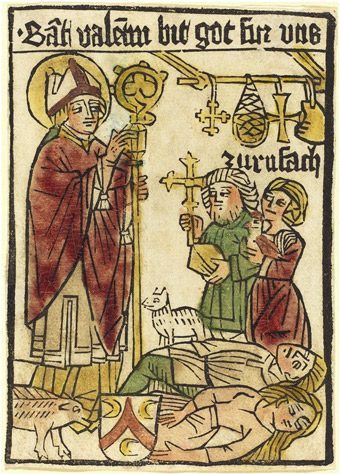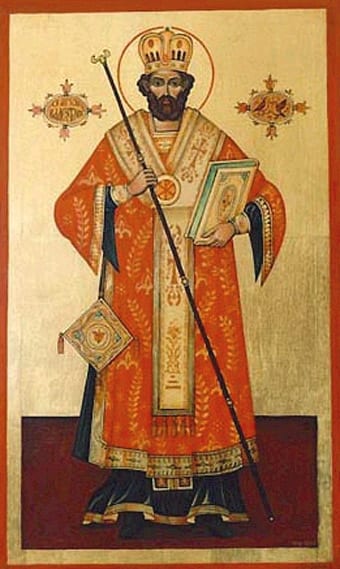Legends of Saint Valentine


Today we celebrate Valentine’s Day in honor of a certain Saint Valentine who we know very little about other than the fact that he was most likely beheaded. St. Valentine may be the modern day god of love but there are three documented possibilities of who this individual really was and all three of these legends end in tragedy. There are three different accounts of a St. Valentine, all three martyrs, all three have the date of death documented as February 14th.
One story tells the tale of a priest from Rome, the second a bishop from Terni, and the third from Africa of which the least is known. According to the preserved writings in the “Lives of the Saints,” Valentine was a priest in Rome beheaded under the reign of Claudius II among many other Christian Martyrs. Valentine gained his patronage of love when the Catholic Church attempted “to abolish the heathen’s lewd superstitious custom of boys drawing the names of girls in honor of their goddess Februta Juno, on the 15th of this month, several zealous pastors substituted the names of saints in billets given on this day (Father Alban Butler. “Saint Valentine, Priest and Martyr”. Lives of the Fathers, Martyrs, and Principal Saints).” The story of Valentine from Terni consists of a similar story line, beheaded by Emperor Gothicus and buried along Via Flamina. It is possible that both these legends are of the same man but different versions developed in different locations.
Legends and Fun Facts:


Legends
Some legends claim that St. Valentine was condemned to death for marrying in secret Christian soldiers. At the time it was illegal to for soldiers to be married, Rome believed unmarried men fought fearlessly compared to those with attachments. Others stories tell of him healing and converting a young girl’s blindness while in prison or similarly that he cured a young boy’s seizures, subsequently converting the family.
Image: Saint Valentine patron of epileptics, woodcut (artist unknown), National Gallery of Art, Washington DC.


Fun Facts
The Anglo-Saxon Chronicle tells that the head of Saint Valentine was offered as a gift from Emma of Normandy to the New Minister of Winchester upon the death of her son King Harthacnut in 1042 (Whitelock, Dorothy p.106).
According to Chaucer’s Parliament of Fowls, Valentine’s Day coincided with the beginning of the mating season for birds:
“For this was on seynt Valentynes day,
Whan every foul cometh ther to chese his make.”
Parliament of the Fowls, Verse 310, Published in 1381/2.
